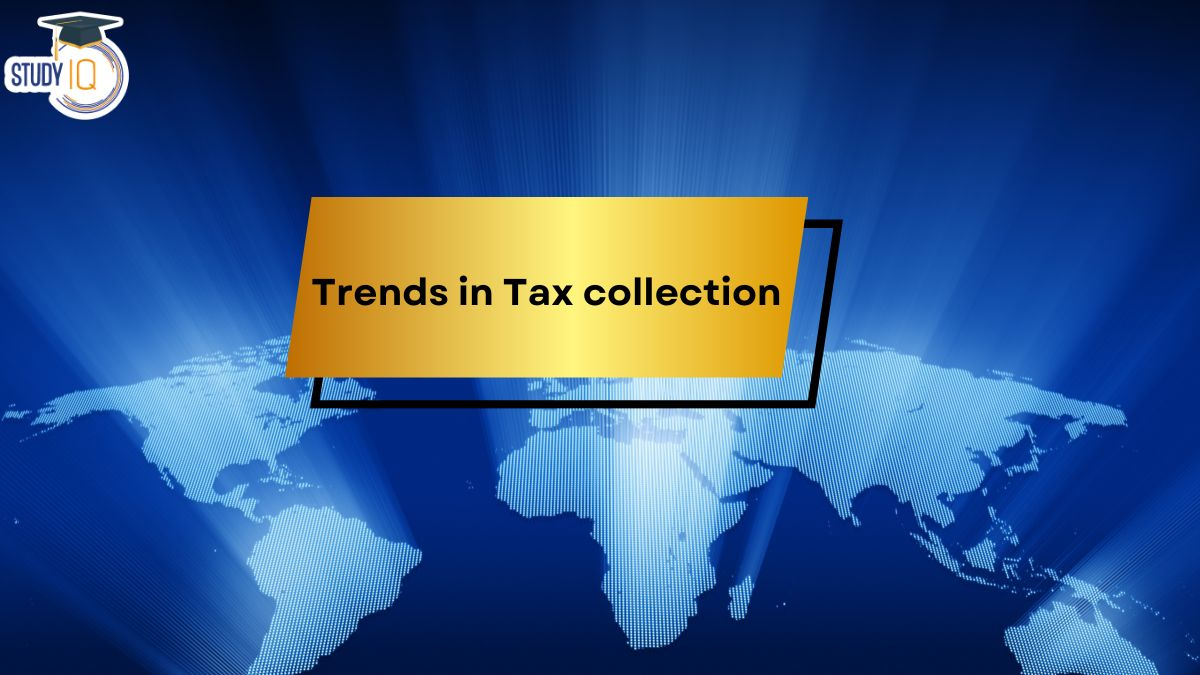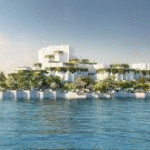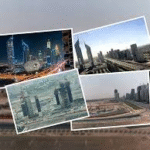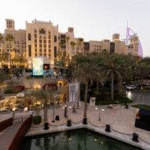Now Reading: 7 Powerful Tax Benefits for High-Value Employment in 2025
-
01
7 Powerful Tax Benefits for High-Value Employment in 2025
7 Powerful Tax Benefits for High-Value Employment in 2025
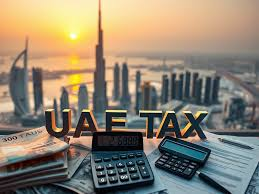
Table of Contents
Tax Benefits: Dubai’s real estate market, a cornerstone of the Gulf Cooperation Council’s (GCC) $131.86 billion industry in 2024, projected to reach $252.80 billion by 2033 with a 7.1% CAGR, thrives on tax-friendly policies and mega-projects like Palm Jebel Ali, per imarcgroup.com and economymiddleeast.com. The UAE’s tax system, with no personal income tax and a 9% corporate tax (CIT) introduced in June 2023, per Federal Decree-Law No. 47 of 2022, attracts high-value professionals—CEOs, developers, and investors—managing SAR 50 million ($13.33 million) projects.
While no specific “tax credits for high-value employment” exist, Dubai offers incentives enhancing real estate profitability and supporting talent, per pwc.com. This guide, crafted in clear, SEO-friendly language with an engaging tone, outlines seven powerful tax-related benefits for high-value employment in Dubai’s real estate sector in 2025, supported by data, legal insights, and risk mitigation strategies.
7 Powerful Tax Benefits for High-Value Employment
1. No Personal Income Tax on Salaries
Dubai levies no personal income tax on employment income, per taxsummaries.pwc.com, benefiting high-value professionals like real estate CEOs or brokers earning SAR 2 million ($533,333) annually in areas like Downtown Dubai.
- Tax Savings: Saves $186,667 (at 35% U.S. rate) on $533,333 salary, per brighttax.com.
- Action: Relocate to Dubai with a UAE residency visa via SAR 2 million ($545,000) property investment, per immigrantinvest.com.
- Example: A $533,333 Business Bay executive salary yields $42,667 monthly savings, boosting SAR 20 million ($5.33 million) investments.
- Source: taxsummaries.pwc.com, brighttax.com, immigrantinvest.com
2. Zero Capital Gains Tax on Property Sales

No capital gains tax applies to real estate sales, enabling investors or developers selling SAR 50 million ($13.33 million) properties in Dubai Marina to retain full proceeds, per providentestate.com. This supports high-value professionals reinvesting profits.web:10,15
- Tax Savings: Saves $2.67 million (at 20% U.S. rate) on $13.33 million profit, per hrginvestment.com.
- Action: Target high-demand areas like Jumeirah Village Circle (JVC) for SAR 30 million ($8 million) flips, per sobharealty.com.
- Example: A $13.33 million Dubai Marina villa sale nets $1.33 million profit, yielding $2.67 million at 7% ROI.
- Source: providentestate.com, hrginvestment.com, sobharealty.com
3. VAT Exemption on Residential Rentals
Residential leases are VAT-exempt, per FTA’s Decree-Law No. 8 of 2017, reducing costs for high-value employees leasing SAR 20 million ($5.33 million) villas in Palm Jumeirah, per taxsummaries.pwc.com.
- Tax Savings: Saves $266,600 VAT on $5.33 million annual rental income, per cleartax.com.
- Action: Invest in SAR 15 million ($4 million) residential properties for expat executives, per nevestate.com.
- Example: A $5.33 million JVC villa lease yields $426,400 at 8%, with no VAT liability.
- Source: taxsummaries.pwc.com, cleartax.com, nevestate.com
4. Free Zone Corporate Tax Exemptions

Free zones like DIFC offer 0% CIT for qualifying income, per Cabinet Decision No. 55 of 2023, benefiting real estate firms employing high-value talent for SAR 50 million ($13.33 million) projects, per pwc.com.
- Tax Savings: Saves $1.2 million CIT on $13.33 million profits, per shuraatax.com.
- Action: Establish firms in DIFC for SAR 30 million ($8 million) developments, per alaan.com.
- Example: A $13.33 million DIFC office project yields $933,100 at 7%, tax-free.
- Source: pwc.com, shuraatax.com, alaan.com
5. Small Business Relief for SME Developers
SMEs with taxable income below AED 3 million ($816,771) qualify for 0% CIT, per UAE CIT Law, supporting smaller real estate firms employing high-value professionals for SAR 10 million ($2.67 million) projects, per brighttax.com.
- Tax Savings: Saves $73,509 CIT on $816,771 profits, per finanshels.com.
- Action: Structure SAR 5 million ($1.33 million) projects under SMEs, per makca.co.
- Example: A $2.67 million JVC apartment project yields $213,600 at 8%, tax-free.
- Source: brighttax.com, finanshels.com, makca.co
6. VAT Recovery on Commercial Developments
Commercial property developers can recover 5% input VAT on SAR 50 million ($13.33 million) construction costs, per FTA’s VAT Guide, supporting firms hiring high-value talent, per deloitte.com.
- Tax Savings: Recovers $666,500 VAT on $13.33 million costs, per saudigulfprojects.com.
- Action: File VAT returns for SAR 20 million ($5.33 million) Business Bay projects, per cityscapeglobal.com.
- Example: A $13.33 million commercial tower recovers $666,500, boosting $1.07 million yields at 8%.
- Source: deloitte.com, saudigulfprojects.com, cityscapeglobal.com
7. Foreign Tax Credit for U.S. Expats
U.S. expats can claim Foreign Tax Credits (FTC) for UAE taxes (e.g., VAT, CIT) against U.S. liabilities, per IRS, reducing double taxation for high-value professionals investing in SAR 20 million ($5.33 million) properties, per brighttax.com.
- Tax Savings: Offsets $266,600 UAE VAT against U.S. taxes on $5.33 million income, per bestaxca.com.
- Action: File IRS Forms 1116/1040 for SAR 15 million ($4 million) projects, per strategyand.pwc.com.
- Example: A $5.33 million Dubai Creek project offsets $133,300 U.S. taxes, yielding $373,100 at 7%.
- Source: brighttax.com, bestaxca.com, strategyand.pwc.com
Legal and Tax Framework
- UAE Tax Framework:
- Personal Income Tax: None, per taxsummaries.pwc.com.
- CIT: 9% on taxable income above AED 375,000 ($102,110), 0% in free zones, per pwc.com.
- VAT: 5% on commercial transactions, zero-rated for first residential sales, exempt for residential leases, per cleartax.com.
- Transfer Fees: 4% in Dubai, split between buyer/seller, per immigrantinvest.com.
- E-Invoicing: Mandatory by 2025, penalties up to AED 50,000 ($13,605), per cleartax.com.
- U.S. Tax Framework:
- Residency: AED 2 million ($545,000) property investments qualify for UAE Golden Visa, per immigrantinvest.com.
Risks and Mitigation
- Regulatory Changes: CIT/DMTT updates risk cost increases, per ms-ca.com. Monitor FTA, per finimize.com.
- Oversupply: 76,000 units in 2025 may cut yields by 2–3%, per invictaproperty.com. Target JVC/Dubai Marina, per sobharealty.com.
- Compliance Penalties: VAT/CIT errors risk AED 50,000 ($13,605) fines, per cleartax.com. Use FTA software, per alaan.com.
- Currency Volatility: AED/USD fluctuations impact returns. Hedge via Emirates NBD, per omniacapitalgroup.com.
- U.S. Tax Burden: IRS reporting reduces returns. Maximize FTC, per brighttax.com.
Step-by-Step Guide for U.S. Investors
- Evaluate Tax Benefits: Assess CIT/VAT reliefs for SAR 20–50 million ($5.33–$13.33 million) projects, per pwc.com.
- Set Budget: Allocate $13.33 million, including 5% VAT ($666,500, if applicable) and 4% fees ($533,200), per immigrantinvest.com.
- Target Free Zones: Develop in DIFC for SAR 30 million ($8 million) tax exemptions, per shuraatax.com.
- Invest in High-Demand Areas: Focus on JVC for SAR 15 million ($4 million) rentals, per sobharealty.com.
- Implement E-Invoicing: Comply with FTA for SAR 20 million ($5.33 million) projects, per cleartax.com.
- File Taxes: Submit UAE returns by April 30, 2025, and U.S. taxes by April 18, 2025, with FTC, per brighttax.com.
- Monitor Yields: Track 7–9% returns via propertyfinder.ae, per hermesre.ae.
Conclusion
Dubai’s $131.86 billion real estate market, driven by tax-free income, zero capital gains, and free zone incentives, offers up to $2.67 million in savings for SAR 50 million ($13.33 million) projects, per imarcgroup.com and pwc.com. High-value professionals and investors, leveraging FTC and FTA frameworks, can achieve 7–9% yields in JVC and DIFC, mitigating risks like oversupply and compliance penalties, per invictaproperty.com and cleartax.com. These benefits, aligned with Dubai’s 2040 Master Plan, cement its status as a global hub for real estate and talent.
read more: GCC Real Estate: 5 Compelling Tax Trends To Watch In 2025



